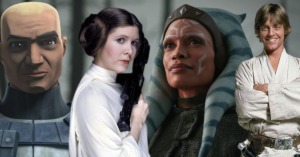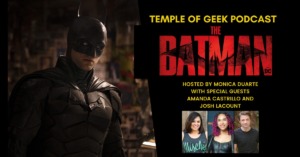In this No-Spoiler Review of Matt Reeves’ “The Batman,” we break down why we think of the new side of DC’s Caped Crusader.
Directed by Matt Reeves, The Batman is the latest DC Comics film released by Warner Brothers. Similar to its predecessor Joker (2019), The Batman is a stand-alone film separate from the DC Extended Universe franchise. The film stars Robert Pattinson, Zoë Kravitz, Paul Dano, Jeffery Wright, Andy Serkis, Colin Farrell, and John Turturro.
No-Spoiler Review: Matt Reeves’ “The Batman”
Two years into his career, the Gotham City vigilante known as Batman (Robert Pattinson) is contacted via letter to play the mind game of a new villain in town, The Riddler (Paul Dano). As the case grows, so does the exposure of corruption between GCPD, elected officials, and notorious mob boss Carmine Falcone (John Turturro) and Oz, aka Penguin (Colin Farrell). Working alongside the Dark Knight is his faithful companion Alfred Pennyworth (Andy Serkis), Lt. James Gordon (Jeffery Wright), and the mysterious Selina Kyle (Zoë Kravitz).
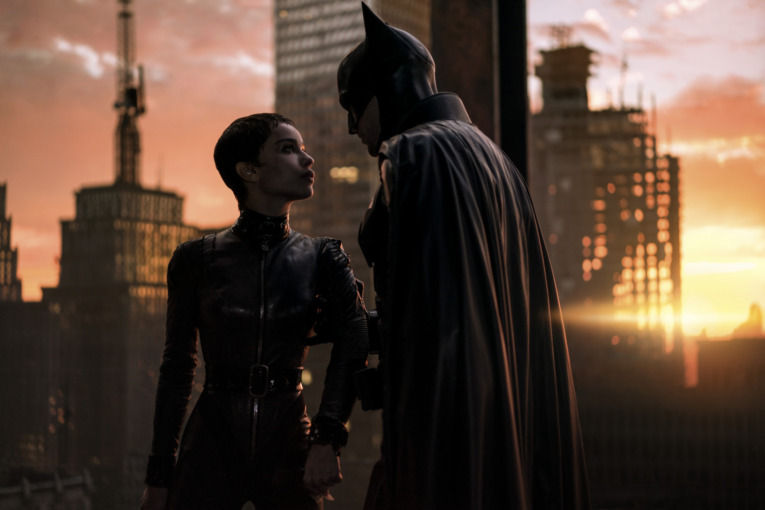
(L-r) ZOË KRAVITZ as Selina Kyle and ROBERT PATTINSON as Batman and in Warner Bros. Pictures’ action adventure “THE BATMAN,” a Warner Bros. Pictures release.
As comic book properties have become more mainstream, it comes as no surprise when a superhero film dominates the box office. With every new trailer, audiences anticipate and theorize the story that will unfold. As wonderful as this is for geeks, there tends to be a recurring pattern that feels rather routine-based and, in some cases, predictable.
This is the third Batman introduction movie in less than 20 years. Despite speculations and concerns fans previously had over Robert Pattinson’s interpretation of the Caped Crusader, it is more than safe to say that audiences are given a film that far exceeds predictions and expectations.
Less Crime Fighting, More Crime Solving
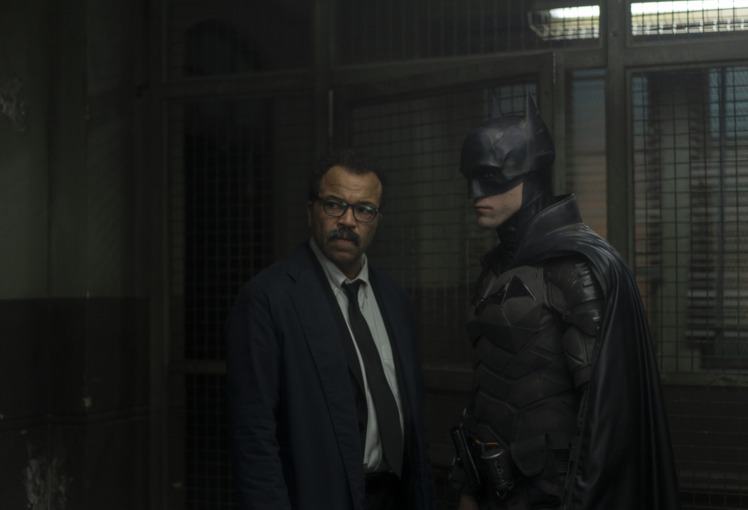
(L-r) JEFFREY WRIGHT as Lt. James Gordon and ROBERT PATTINSON as Batman in Warner Bros. Pictures’ action adventure “THE BATMAN,” a Warner Bros. Pictures release.
Separating from the traditional comic book trope of storytelling, The Batman focuses less on CGI fight sequences as it relies heavily on the vigilante’s detective aspect. After all, Batman is known as the World’s Greatest Detective. As the case progresses, so does the anxious feeling of what will come next. Considering the film’s run time, one may have the concern that the film goes beyond the audience’s interest. The irony is that the length of the film makes all the difference for a jaw-dropping payoff. Should it have been a traditional 2 hours or 2 hours and 30 minutes length, the film would feel incomplete and less impactful.
In solving each riddle and puzzle, characters that traditionally partner together begin to butt heads, specifically Batman and Lt. Gordon. While there is a level of trust, their lines of justice are at odds with one another, despite having their no-killing rule. The push and pull between each set of characters is a delicate balance that can be seen throughout the film, resulting in deep character development and backstory.
Gritty Gotham City
Throughout many Batman comic books, there is a large emphasis on the criminal underground of Gotham City. Cops turn a blind eye and mayors are paid off, all while the mob grows in their power as the people suffer from poverty, crime, and inequality. Previous film adaptations touch on this subject with the main cast but not so much with the supporting cast, i.e. the citizens of Gotham. Matt Reeves gives significant attention to just how corrupt and crime-ridden Gotham is, from petty graffiti crimes to cops paying off elected officials. The atmosphere of Gotham feels as if 1920’s Chicago was brought into the 21st Century and then cranked up to 11. Crime is everywhere, poverty is everywhere, and hope is nowhere. The only way hope is restored is by one masked man willing to get his hands dirty…literally.
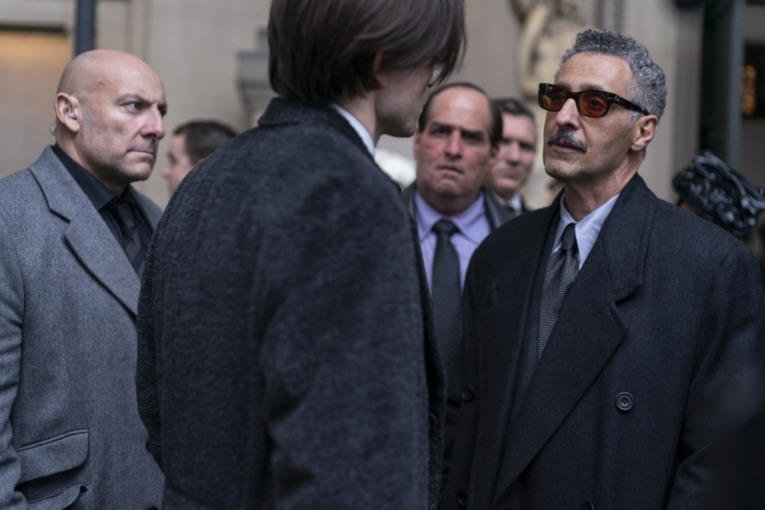
(L-r) ROBERT PATTINSON as Bruce Wayne, COLIN FARRELL as Oswald Cobblepot/the Penguin, and JOHN TURTURRO as Carmine Falcone in Warner Bros. Pictures’ action adventure “THE BATMAN,” a Warner Bros. Pictures release.
Carmine Falcone is what one would expect in a crime boss – smooth, in control, and relaxed even under pressure. His right-hand man Oz is more heated, emotional, and threatening with the muscle that follows him. Deep are the pockets of police who take bribes as they are mere puppets on the mob’s strings, doing their bidding and only to be completely cut off if they are a loose end.
Within the grittiness of Gotham is the grittiness of The Batman. His very presence instills fear. He does not need to suddenly leap out of the shadows to do this but rather walk out of the shadows as his mere presence makes criminals think twice. Even when he is not there, the feeling of his presence is as the bat signal shines bright in the sky, reminding criminals to beware of the shadows.
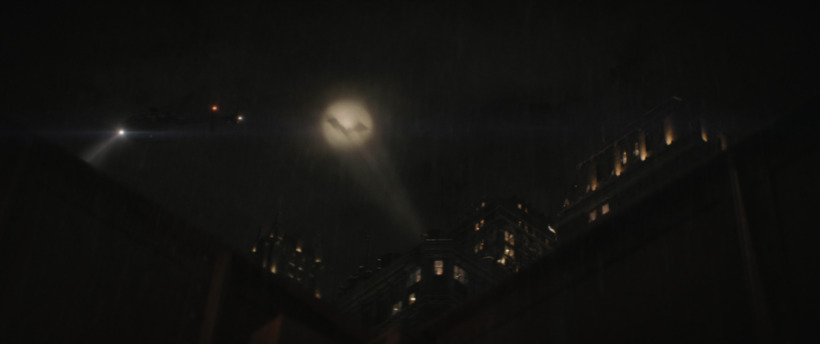
In addition, Selina Kyle steals the show whenever she appears on-screen. Zoë’s portrayal of the infamous cat burglar reveals the drastic measures an average citizen would take to simply get by and find a way out of poverty. Her actions and questionable ethics invite challenge for the Batman and she surpasses his moral compass and definition of justice.
The Riddler: Calling Card Narcissism
In film and television portrayals, the Riddler has come off as witty, charismatic, and even level-headed in some cases (specifically in Batman: The Animated Series). Paul Dano’s Riddler is a take on the character that is completely new in itself. Having some elements from The Dark Knight (2008), The Riddler pushes Batman to new heights as he continually stays one step ahead of the game, even when Batman seems to have the upper hand.
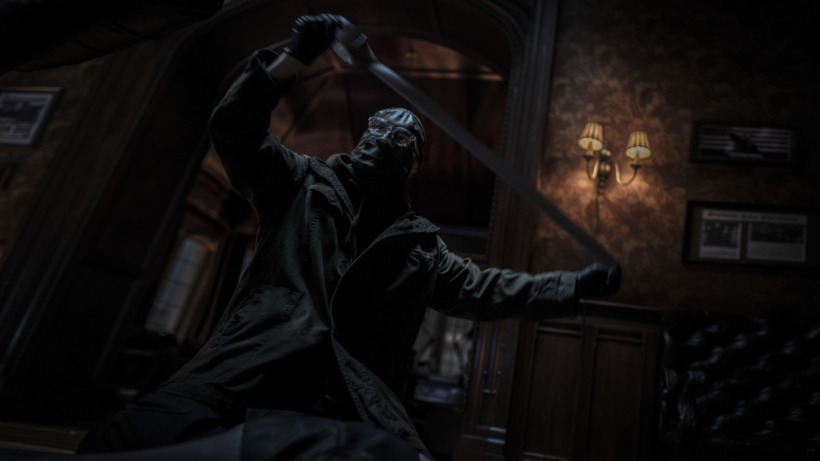
Paul Dano’s Riddler brings to mind the thought of Jigsaw from the Saw franchise. As well as real-life figures such as Ted Bundy and the Zodiac Killer; two serial killers that could not help but leave clues behind and personally take credit for various murders. There are many parallels in the riddles, ciphers, enigmas, and symbols.
The Bat and the Man Blurring Together
Batman and Bruce Wayne are two sides of the same coin, and in some cases, it is difficult to tell the two apart. The crucial element of this is how Bruce is around others. Who he is around Alfred is different from James Gordon and the public. His mask changes wherever he goes and with whomever he sees. In The Batman, it seems that these different sides of Bruce and Batman are blended together to where they are all but separate. While this may work in some cases, it’s difficult when it’s a standalone or first installment. Bruce’s public persona is meant to be a distraction from the very idea of him being the Batman, an element that was missing.
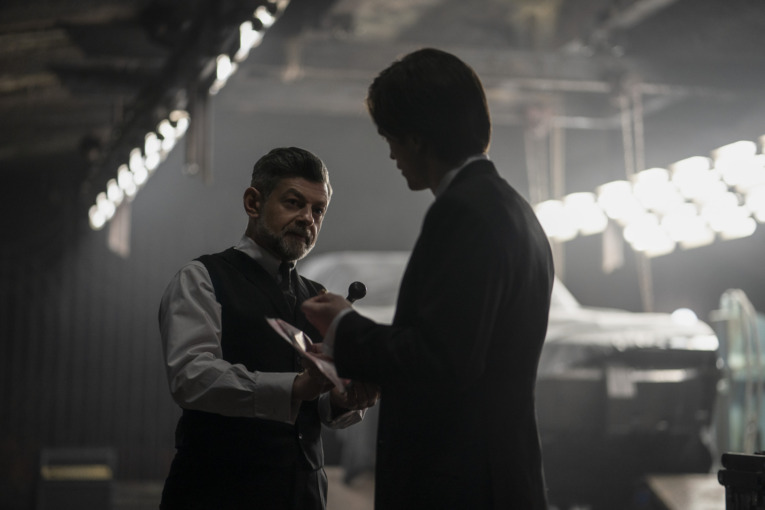
(L-r) ANDY SERKIS as Alfred Pennyworth and ROBERT PATTINSON as Bruce Wayne in Warner Bros. Pictures’ action adventure “THE BATMAN,” a Warner Bros. Pictures release.
On that note, Alfred is meant to be the voice of reason for Bruce and while there are touching moments between the two, Alfred’s limited appearances restrain this emotional connection. We see the two care for one another and their relationship is still growing, but even in a 3-hour film, the emotional connection to the relationship was limited. Perhaps a further expansion of the dynamics of Bruce and Alfred’s relationship will be seen in the near future.
Comic Book Influence
Matt Reeves takes heavy inspiration from some of the classics in the Batman mythology. The elements of murder mystery and noir in the film take heavy inspiration from Batman: The Long Halloween while the elements of Batman’s homemade gear and Gotham’s corruption take inspiration from Frank Miller’s classic Batman: Year One. Meanwhile, the elements of Riddler’s calling card and life-threatening riddles take heavy inspiration from Batman: Earth One and Zero Year. Such impactful classic stories hold key elements for any type of adaptation, elements that Matt Reeves certainly researched and took advantage of.
The Batman is a breath of fresh air in the comic book genre of film as it delivers something new, bold, and epic. There is a hope that this will remain a standalone film, like many classic graphic novels. And yet, here is an eagerness to see more of Matt’s interpretation of Batman’s rogue gallery. This film could either be the beginning of something new or the end of something incredible. Either way, satisfaction is found in pondering the film as the credits roll.

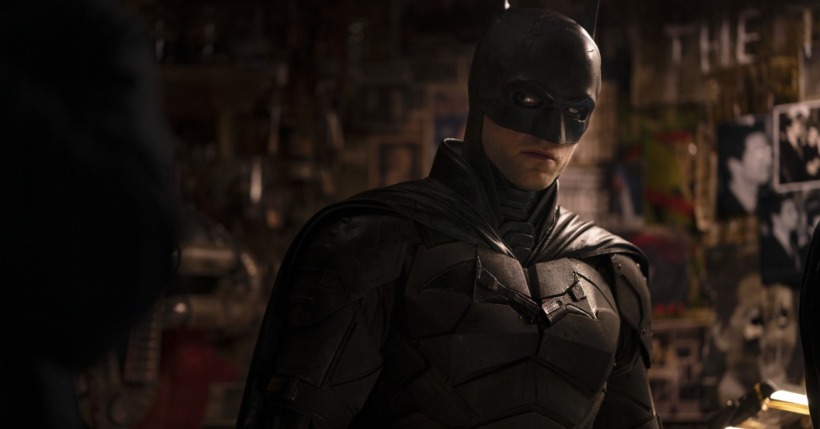

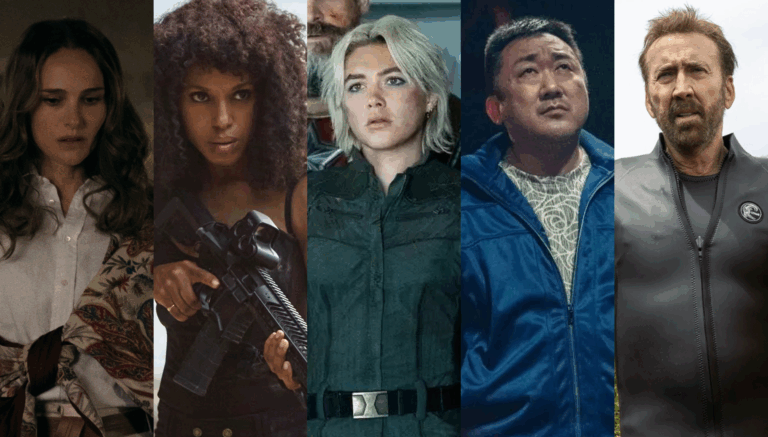

![“[Lou Wilson] Might Die!” Siobhan Thompson Teases Dimension 20 Live: Battle At The Bowl](https://templeofgeek.com/wp-content/uploads/2025/05/Dimension-20-Battle-At-The-Bowl-header-768x384.jpg)
